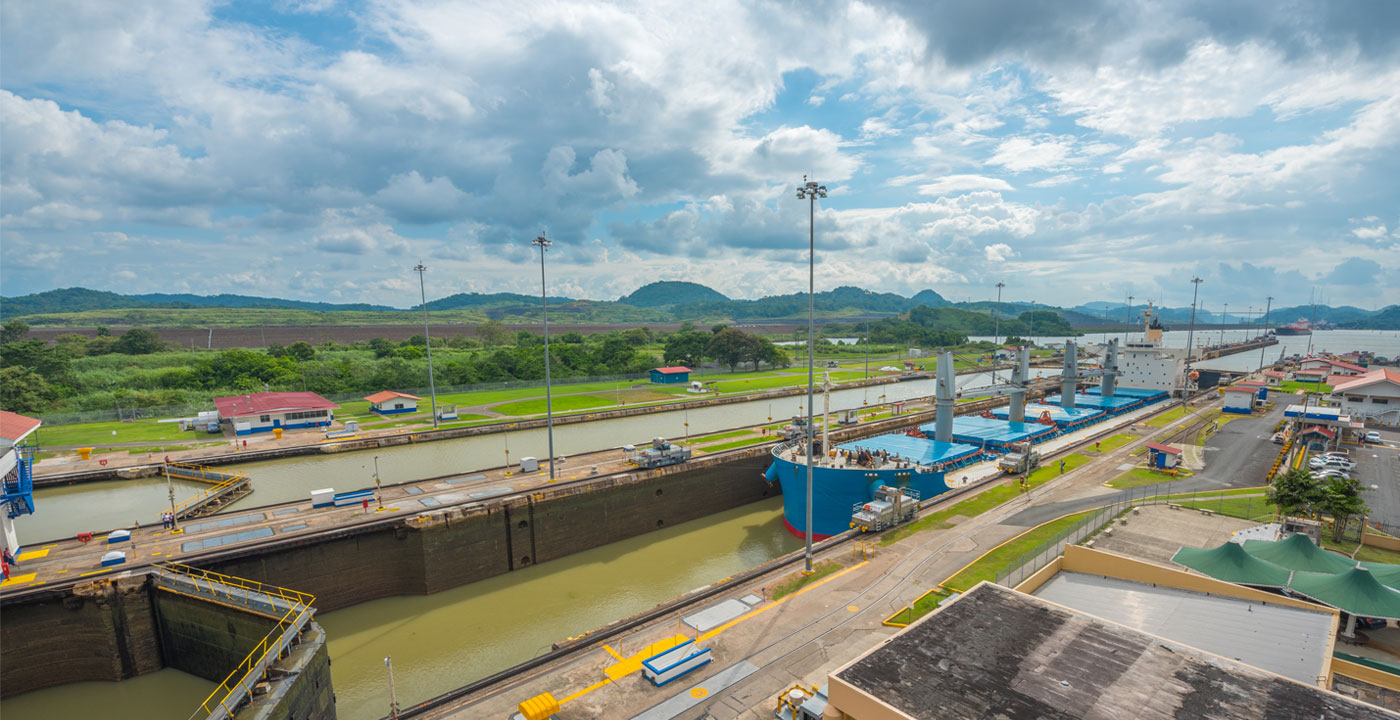The LTL shipping industry is busier than ever. As a result, space within trucks is also tighter than ever before. This places added responsibility on the shoulders of shippers and carriers to ensure that each shipment is packaged as safely and efficiently as possible.
Improper packaging can lead to massive headaches for everyone in the supply chain. From causing damage to your freight and that of others, lapses in secure packaging can even lead to workplace injuries.
The good news is, there are a few key steps you can take to not only help ensure that your freight arrives safely, but also solidify your position as a preferred shipper with your carrier of choice.
1.) Proper Palletizing
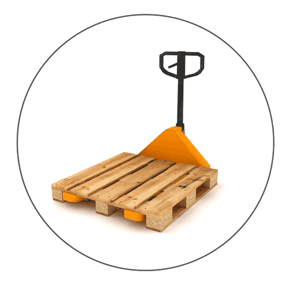 As obvious as it sounds, it all begins with the right foundation. If you’re using pallets, make sure they’re up to the job. Pallets should be made of wood (not plastic or corrugated) and covered with a good deck of boards.
As obvious as it sounds, it all begins with the right foundation. If you’re using pallets, make sure they’re up to the job. Pallets should be made of wood (not plastic or corrugated) and covered with a good deck of boards.
Four-way access is preferred, as it allows the greatest flexibility for loading and storage. They should also be free of any protruding nails. A standard “stringer” pallet has a loading capacity of around 2,800 pounds and should be stacked to a maximum height of 84 inches.
Pallets must be sufficiently constructed to support a double-tiered load that can accommodate equal weight and distribution. Additionally, the deck of the pallet should be built so that a forklift will not damage the freight resting on top.
2.) Accurate Labeling
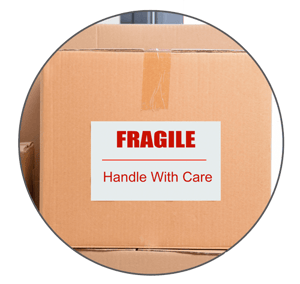 Proper labeling minimizes handling and dramatically improves efficiency. Which is why EVERY box in your shipment must be properly labeled prior to pickup. In addition, you should label the pallets as well, in case pieces become separated in transit.
Proper labeling minimizes handling and dramatically improves efficiency. Which is why EVERY box in your shipment must be properly labeled prior to pickup. In addition, you should label the pallets as well, in case pieces become separated in transit.
Labels should clearly indicate the name, phone number and address of both the shipper and consignee (including a shipping date may also help the carrier.) Labels should be clear, easy to read, and placed on the top of each box (but not over the seam).
Any additional labels that describe special handling requirements – like “Top Heavy,” “Fragile,” “COD,” etc. – should be marked on at least two adjacent outside panels.
3.) Sound Stacking
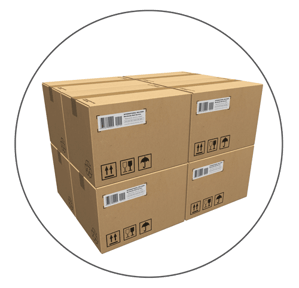 Improper stacking not only increases the chance of a load coming undone, it can also weaken the integrity of cardboard cartons by as much as 60%. Boxes should be stacked squarely on the pallet – lined up corner-to-corner with no overhang.
Improper stacking not only increases the chance of a load coming undone, it can also weaken the integrity of cardboard cartons by as much as 60%. Boxes should be stacked squarely on the pallet – lined up corner-to-corner with no overhang.
It’s fine to stack near the edges, but under no circumstances should boxes extend over the edge. Overhang not only makes cartons vulnerable to damage, it also decreases their strength by as much as one third.
Don’t use an interlocking pattern, as this can further weaken the cardboard. Distribute the weight evenly and do your best to make sure the top surface is flat.
4.) Secure Crating
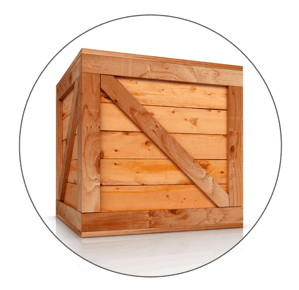 If shipping fragile or easily damaged items, crating is a flexible and affordable option, as they can be built to accommodate both standard and non-standard dimensions. But it’s important to follow a few key guidelines to ensure that your shipment arrives safely.
If shipping fragile or easily damaged items, crating is a flexible and affordable option, as they can be built to accommodate both standard and non-standard dimensions. But it’s important to follow a few key guidelines to ensure that your shipment arrives safely.
To begin with, keep fragile and non-fragile items separate – to minimize possible damage in transit. Fragile items should be wrapped in protective material, and crates should be packed as full as possible in order to minimize the possibility of movement during transit. All movable items must be blocked or braced to prevent shifting in transit.
Crates must also be built so that slats are close enough to protect the contents and prevent any items from protruding outward. Additionally, a crate must include three-way locking corners that are joined by nails or fasteners.
Strengthening your crates with additional supports will further protect your shipment from damage. For example, two diagonal boards on each side can make a crate nearly 12 times stronger than a non-reinforced crate.
5.) Snug Wrapping
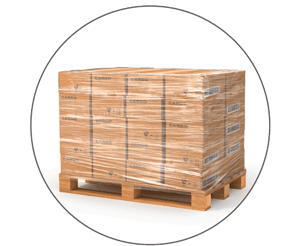 Using stretch wrap around your fully stacked pallet is the best way of ensuring that your shipment remains as secure as possible during all phases of transit.
Using stretch wrap around your fully stacked pallet is the best way of ensuring that your shipment remains as secure as possible during all phases of transit.
Starting from the bottom, wrap around boxes in an upward direction, overlapping each layer of wrap by at least 50%. Once you reach the top, stretch the wrap in a crisscross pattern diagonally over the corners, then spiral back to the bottom.
Finish by wrapping a three-inch overlap with the pallet itself, so that the cartons are secured to the pallet, and the entire shipment feels like one solid piece. For even greater strength and securement, use banding in all four directions. Depending on the weight of the load, choose either metal, plastic or nylon – and make sure it’s as tight as possible.
A little added preparation helps ensure that LTL shipments arrive on-time and intact. This will help in eliminating costly delays, headaches and fees. At Averitt, we work with shippers to keep them informed of the latest methods to reduce damage and avoid losses. If you have any questions about freight care or preparation, contact our Loss Prevention team at lossprevention@averitt.com.
For more information about proper freight packaging, download our free freight protection guide and check out the video below.







